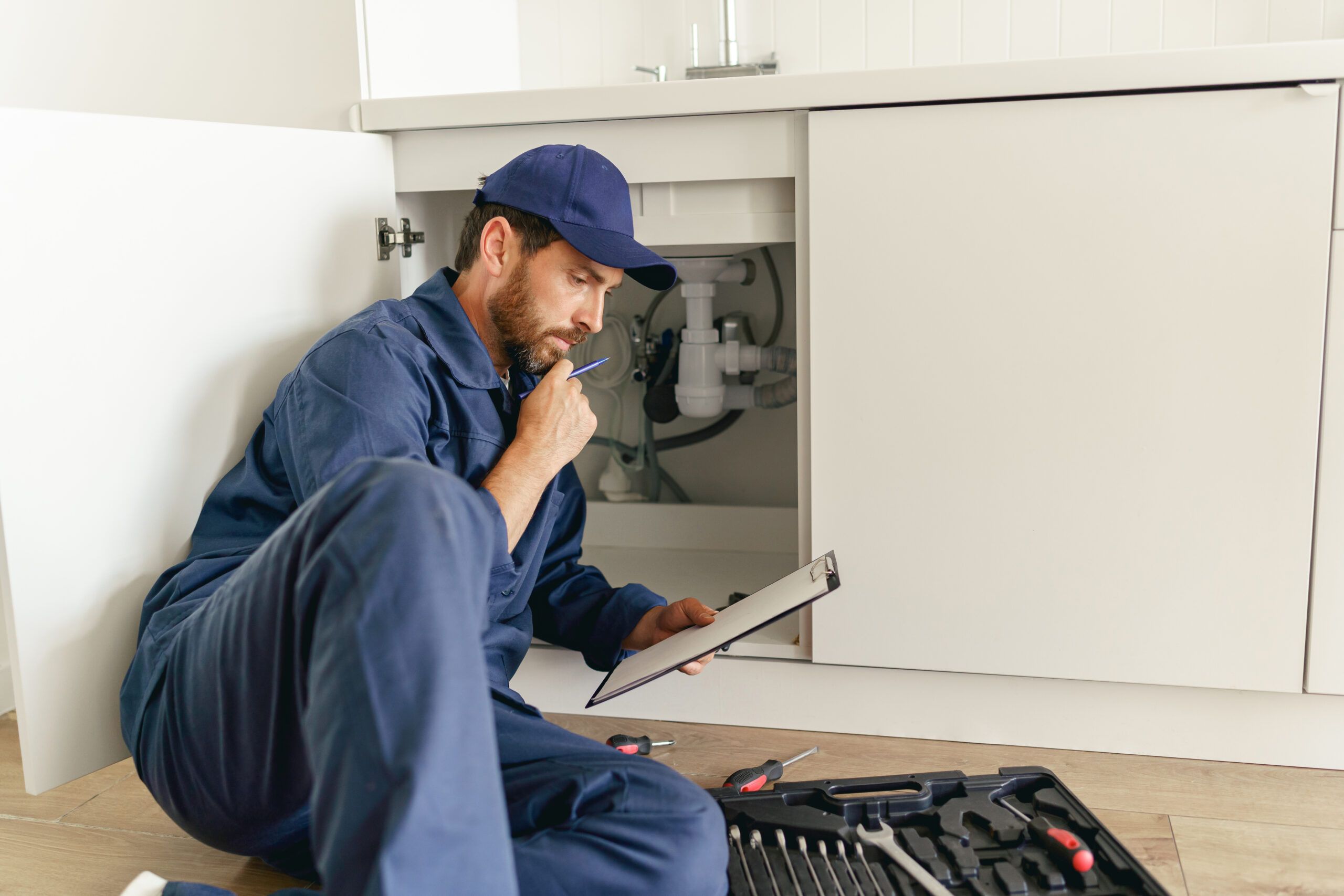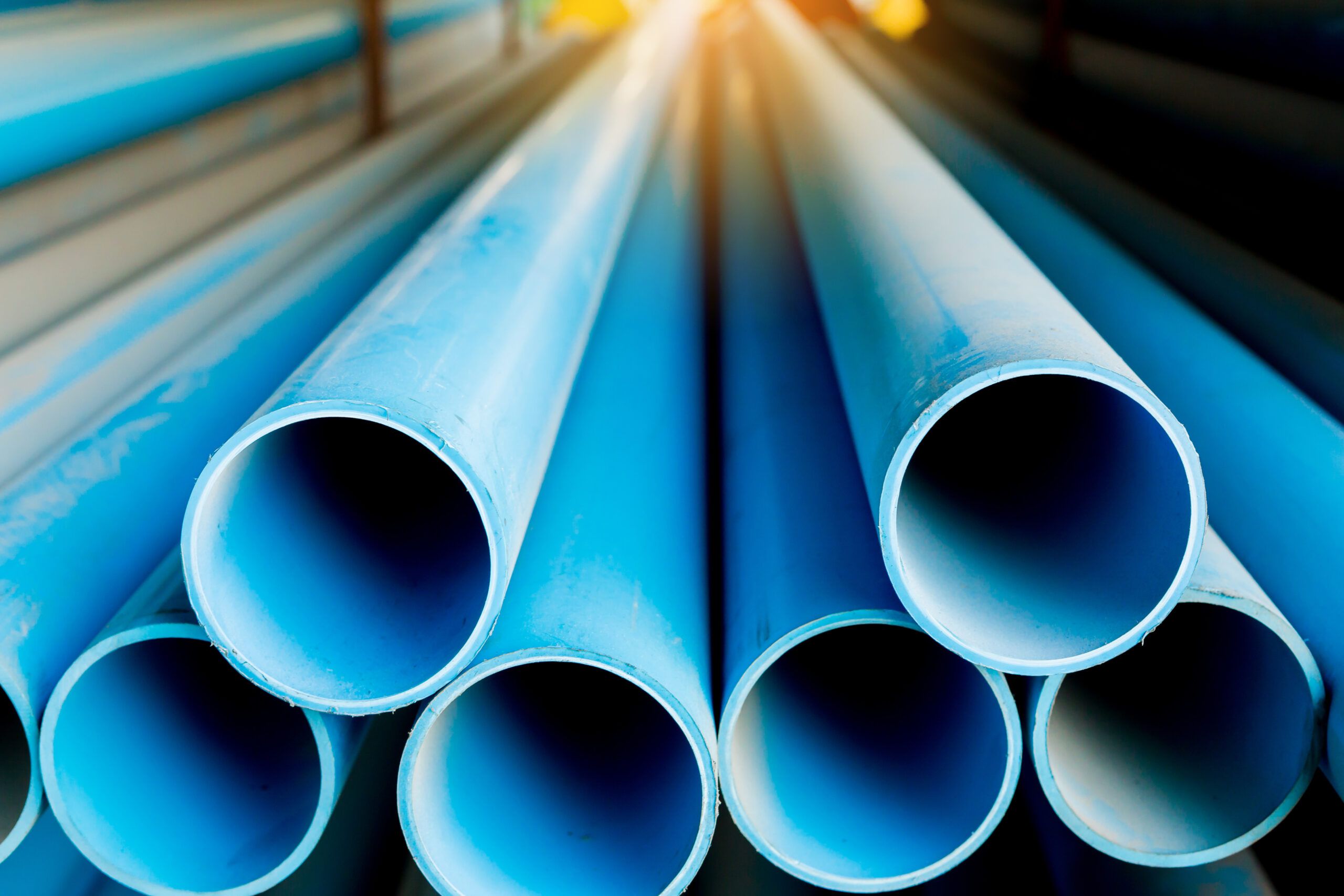How do home inspectors check plumbing?

- Water heaters
- Kitchens
- Sinks
- Bathrooms
- Shut-off valves and more below
Let’s take a look at how do home inspectors check plumbing. Plumbing video camera inspections are also used. This helps identify underlying plumbing issues that could be affecting your home. For this reason, you can save money and prevent a disaster.
Without access to clean running water, your home isn’t considered a safe place to live. The way water runs throughout your property is by means of the plumbing system. This is why checking your pipes and water flow connections often is essential. Over time, there are other areas to address. Factors such as rust formation or leaks can be a problem. These can begin to affect your plumbing system’s functionality.
Some of the most common signs that your plumbing system is starting to decline include:
- Frequent clogs
- Backflow
- Low water pressure
- Slow drainage, and more
If you notice any of these signs, it’s a sign that your plumbing system needs some attention.
Ensure that your plumbing problems get fixed. You should always contact a professional Tucson plumber to assist you. Below, we’re going to provide you the information you need to know about plumbing systems. This is how specialized technicians go about assessing them to determine what’s wrong.
What does the plumbing inspection process look like?
Here is what to expect when you contact a certified plumbing specialist. They will come out to your home and analyze it to identify the source of the issues. Let’s look at this scenario. You have a two-story house and are dealing with leakage coming from your upstairs units. The home inspector will likely check areas like your attic and upstairs bedrooms. They will try to see where the source location is. This is important to know in ‘how do home inspectors check plumbing’.
This is what happens when a plumbing technician has assessed your home.
They will be able to give you a detailed breakdown of exactly what’s wrong and what it will take to fix it. This depends on the design and layout of your home. Additionally, the home inspector may need to look at several appliances.
Here are some of the main areas you can expect your home inspector to analyze when you contact them in regards to any plumbing issues:
- Water heaters
- Sinks
- Bathrooms
- Kitchens
- Shut-off valves
- Water filters
- Supply Lines
- Drains
- And more
These are some of the primary areas of interest that any reputable home inspector will check. This happens when trying to identify problems in your plumbing system. Many home inspectors only perform superficial assessments. This means that your home could still be host to several unsolved issues.
That’s why it’s essential to hire a trusted home inspection service. Make sure they have a verifiable history of delivering quality results. After the inspection process is complete, you will be able to find out exactly what’s wrong. And with this in mind, your plumbing system can get repaired.
Ensuring That Your Plumbing Remains in Working Condition
So many industries use preventative maintenance techniques, and plumbing is no different. It’s common to encounter plumbing issues of some sort during your time as a homeowner. However, there are ways that you can reduce the impact they have when they do occur.
Protect your home against unwanted plumbing issues.
The first thing to remember is to perform routine maintenance checks. A quality plumbing inspection about every once or twice or year is desirable. This can go a long way in safeguarding your plumbing system from malfunctioning.
It is important to realize doing so without the proper experience, knowledge, or tools can be a disaster. You should never attempt to repair any plumbing issue you’re facing alone. Doing so could lead to terrible results. You may cause your existing issues to become worse. Sometimes without even knowing.
There is no need to worry, though. There are several reliable plumbing specialists all across the U.S. who will be able to assist you. They can with any plumbing issue you may be facing. The amount of money that you pay to repair your plumbing system depends on several variables, like the size of your home and the complexity of the repair.
To ensure you’re getting the best deal, always contact many plumbing repair technicians. Make sure to get a service quote before booking one for an appointment. This will enable you to get an idea of the average repair costs. Then you can save money without sacrificing quality in the process.
A great way to protect your home from plumbing issues is to contact a professional plumber.
Firstly, ask them to perform a sewer camera inspection. Sewer inspection is best completed by means of video. This helps technicians locate underlying plumbing issues. Even those issues that may be unknown during a visual inspection.
Lastly and importantly, avoid flushing any unusual objects down your toilet. Then you shouldn’t have to worry about dealing with plumbing issues on a regular basis.
People Also Ask
Q: How do home inspectors check for water damage?
A: Most home inspectors check for water damage using several different methods. One of the most common techniques used to identify water damage is by inspecting your home from top to bottom to see if there are any signs of excess moisture.
Q: What is included in plumbing?
A: Plumbing systems combine the use of several different components to deliver the functionality that your home needs. Some of these components include fixtures, tanks, valves, pipes, and more to transfer fluid.
Q: How long does a plumbing inspection take?
A: On average, it typically takes about 2 hours in total to complete plumbing inspection. This time can be longer or shorter, depending on your home’s size and the exact problem you’re facing.
Understanding how do home inspectors check plumbing
Throughout this write-up, we’ve equipped you with the essential tools and information needed to safeguard your plumbing system’s functionality. Utilize all of these tips to prolong the life and operation of your plumbing infrastructure while also reducing the total amount of money you pay each year for repairs.
Further reading about what home inspectors look for.


